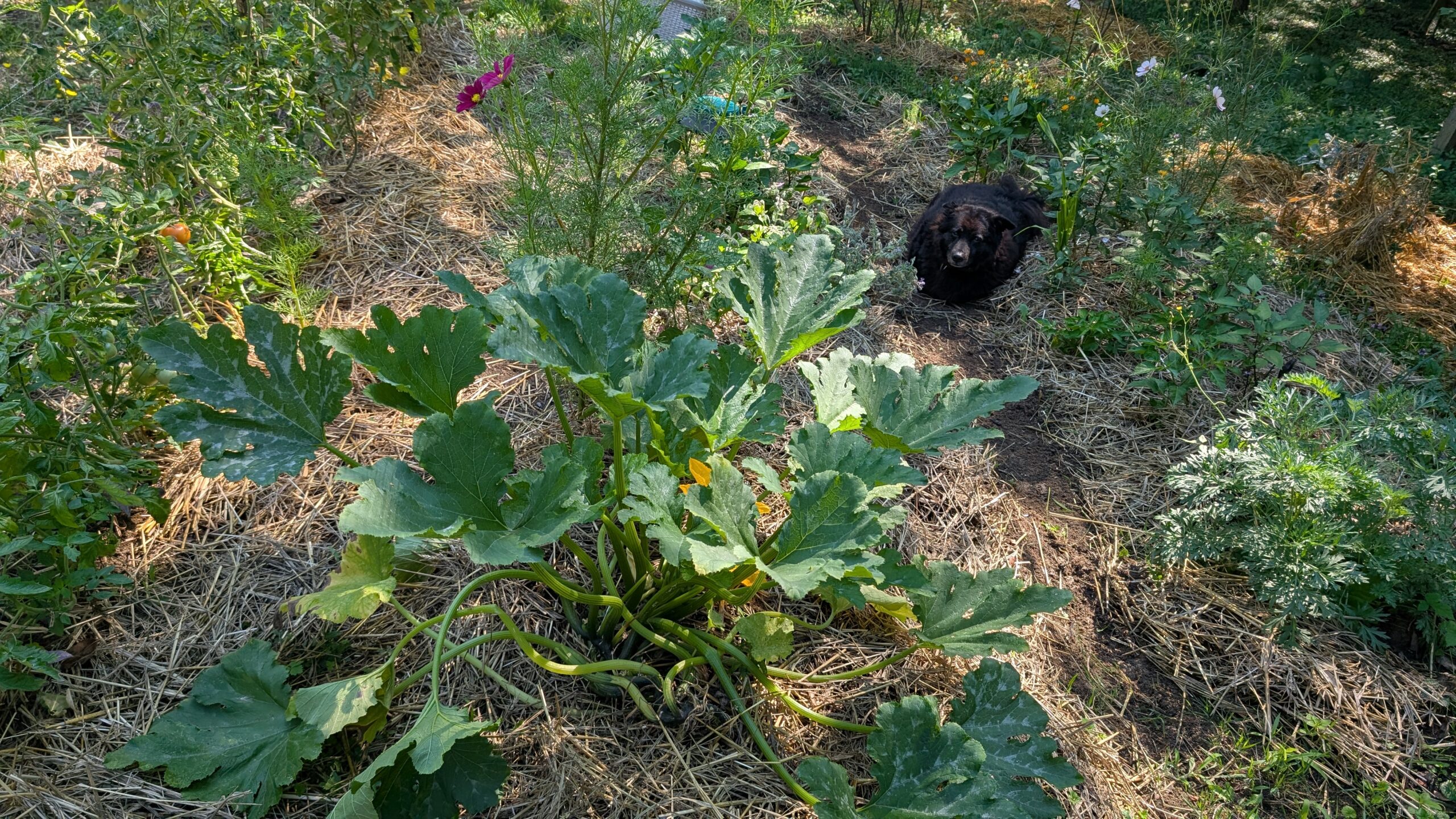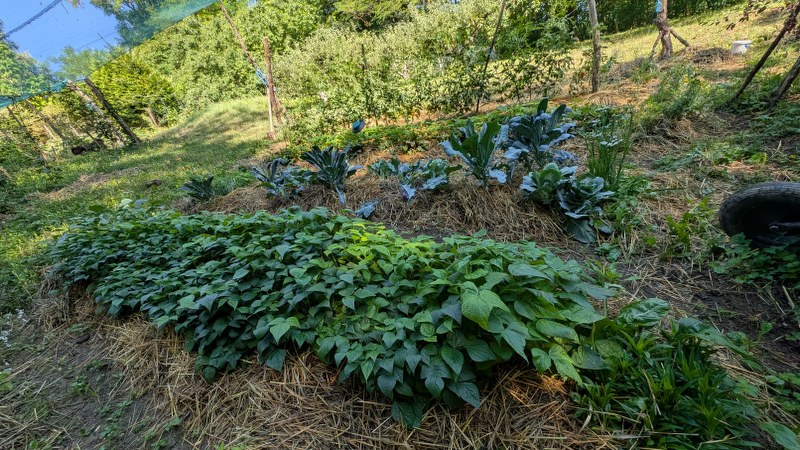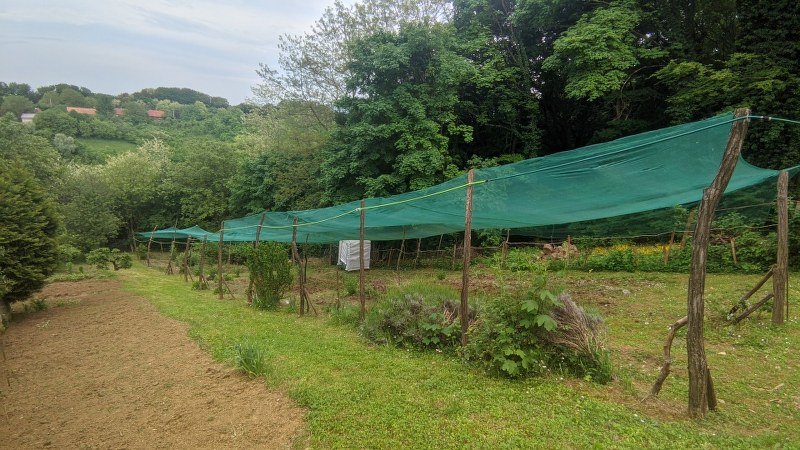Living and gardening on a hill can be a real challenge especially when there is no possibility of garden terraces. Even simple tasks like weeding, or watering the garden are much more difficult on a slope than on a flat surface. This is why I always say: slope makes your garden bigger than it actually is and the only person that will notice this will be you.
This is the best description of my garden. Over the years I’ve tried to show how slant my garden really is, but there is actually no way to do it. Even people that come to my garden don’t realize it until I take them to the furthest spot and back, so I’m not really surprised the photos can’t show the real picture.
Still, I try and fail miserably every single year. So I’ll try one more time to explain why I do some “silly” things in my garden that others normally never do.
My garden is located in a small village in Northwestern Croatia. A part which is covered in hills and a few small valleys. Most of the hills are very steep, fairly populated and most of them have slope gardens. Still, there are very few gardens that are as steep as mine. Our house is on the peak of one of the tallest hills in the area, and on the north slope of this hill is my jungle garden surrounded by forest.
Google maps show perfectly how surrounded the garden really is, it also shows perfectly the shaded side of the garden I always talk about. What it doesn’t show is the altitude or the slope.
And here is where the problem begins, how do you explain why your paths have to be aligned perfectly to keep the rain from turning to torrential water and washing away the garden and orchard, why I need to keep the paths perfectly cleaned to stop myself from falling or why do the poles need to be so thick. How do you explain why an hour or two of gardening seems like 4 hours of hard work. Well, the reason why I can’t explain it is hidden in the perspective. Every viewing point gives a different experience of the garden.
Watching the garden from the distance is impossible. The forest keeps it hidden completely and makes it look tiny. The 450m2(4843ft2) of garden and 600m2(6458ft2) of orchard seem like a tiny spot.
The size of the garden is actually not big, some would say it is tiny, but on a hill and on a position where no mechanization can be used this is fairly big.
But hills are deceiving, they make things smaller, slope seems like a small difference in altitude, steps seem unnecessary, trees look tiny, and garden beds miniature.
The same is with my garden. When looking out of my bedroom window the garden is small, close, with small beds. But this altitude shows perfectly every single weed, every single crooked pole, and unevenly sown vegetable.
If we descend just one floor and look at the garden from the same place we get a completely different picture.
The garden seems like it’s farther, weeds are less visible, the steep unsown upper part magically appears, but the garden also looks less steep and the orchard much smaller.
Looking from the entrance the orchard and lower part of the garden disappear in the distant trees. The upper part of the beds is perfectly visible, while the lower beds don’t exist. Especially during the vegetable season.
The only time the whole garden is visible is during the winter and early spring and even then it is hard to see if the garden is flat or not.
But once you start descending down the garden you get the real picture. Suddenly beds are huge, thick, big poles start making sense the first time you slip and grab one of them and it doesn’t slip with you, and as you descend you have only one thing on your mind: eventually I’ll have to get back up there. And then you turn around and look up and the climb starts to look annoyingly long and the view in which the garden was small is something you start missing. And you try to capture the climb you need to do and fail yet again.
No matter how many photos I take the garden will always looks like a nice teddy bear when in reality it is a steep monster and I guess that’s something I have to come to terms with.









Leave a Reply